Table of Contents
Many of you have seen the name Bosch on top of hundreds of equipment, including power tools. In this article, you will read about the history of Bosch’s power tools and the know-how they evaluated themselves and made it to the peak of the mountain.
The History Of Bosch
The story began in 1886, when German engineer and industrialist Robert Bosch founded a company called Robert Bosch GmbH in Stuttgart, Germany. It was a multinational engineering and technology company headquartered in Gerlingen.
In 1897, Bosch started their innovation through magneto ignition devices for three-wheeler cars. Gottlob Honold, the chief engineer at Bosch, unveiled a high voltage magneto ignition system which led them to become a gigantic automobile supplier. Because using their ignition system, racing and transporting became more convenient. Hence they produced 100,000 magnetos in 1906, which is a record-breaking number.
Also, they established an 8-hour work time system for workers during the same period, which brought them enough admiration as modern industrialists. Besides, they started producing car headlights in 1910, which made them more popular, soon they transformed into a corporation in 1917.
Bosch was doing great in automobile equipment. In 1926, Bosch started making windshield wipers and injection pumps for diesel. But suddenly they thought what’s the point of sticking to the same products forever? This futuristic thought made them avoid the risk and they stepped into the power tool business by manufacturing their first power drill and car radio.
Meanwhile, they bought the gas appliances production from Junkers & Co to have more tools and materials to develop other products. To do that, Bosch founded two such alternative plants in 1935 and 1937 and gave employment to 5000 people who were forced laborers, prisoners of war, and female concentration camp prisoners, including many women from the Warsaw Uprising who were a tremendous step. And no need to tell that they had much ascendancy in World War II because of their technology.
Making the starters of German tanks, Bosch also had the most prominent position in the outfitting of German Luftwaffe aircraft. As a result, it relocated parts of its production to 213 plants in more than 100 locations for more productivity.
Then, when Bosch was in the ocean of prosperity, suddenly, the founder Robert Bosch passed away at the age of 80 in 1942. Before passing away, he established his testament in which he stated that the company’s earnings should be allocated to charitable causes. Probably this was the biggest reason he was inducted into the Automotive Hall of Fame in 1984.
Anyway, new volumes rise from the last chapter of the novel; the next volume of Bosch came along after his death. After the second world war, Bosch established a partnership with the Japanese company Denso. Keeping their other collaborators satisfied, the Robert Bosch Stiftung was founded in 1964, and the company launched a development center in Schwieberdingen in 1968.
After a decade of continuous progress, the company participated on an equity basis in the Telefonbau & Normalzeit GmbH that was renamed Telenorma in 1985 and acquired it entirely in 1987.
In 1994, this part of the company was renamed Bosch Telecom Gmbh. Until 2000 they rounded up several inventions like oxygen sensors, the electric motor control, the traction control system, xenon light for cars, electronic stability control, direct fuel injection, and the list goes on.
After selling the private network area in 2000, Bosch acquired the Mannesmann Rexroth AG in 2001, which they later renamed Bosch Rexroth AG. One by one, they bought Philips CSI to manufacture security tools like CCTV. They opened a new testing center in Vaitoudden for more research and invented products like the radio with a disc drive and a cordless screwdriver with a lithium-ion battery.
As a result, Bosch was awarded the German Future Prize by the German president twice in 2005 and 2008. Likewise, Bosch invested about 3.6 billion euros in development and research by publishing approximately 3900 patents per year which is unimaginable. Their success rate was so high that they planned to invest in biomedical engineering eventually.
Dawn Of The Bosch Power Tools
Besides making different types of products, Bosch has always focused on power tool innovations since the beginning. Their power tool division is one of the largest suppliers of drills, screwdrivers, and saws. Furthermore, they thought of compact and practical gardening accessories such as hedge trimmers, lawnmowers, and pressure cleaners.

Back in 1969, they introduced the consumers with their battery-powered hedge trimmer and drill, reminding you of a 12-volt lead-gel car battery in today’s view. Though that was highly advanced when compared to portable lead battery size.
In the next five years, Bosch improved their battery technology and brought in a battery-integrated grass shear, which had a backup of 45 minutes on a single charge. Moreover, the GBH 24 V was their first cordless hammer drill which was manufactured in 1984. Its dry nickel-cadmium battery allowed users to drill over 60 holes sequentially which was more than expected.
As we know, Boss is so dedicated to upgrading their technology, and it implemented the lithium-ion battery technology in its IXO cordless screwdriver for the first time in 2003. Hence, using the lithium-ion battery, the backup and charging time both became convenient in the power tool world like mobile phones. And the batteries could hold a charge for up to one year which helps users use the tool for emergency purposes like a ready-to-go soldier.
Eventually, Bosch expanded its dominance by buying SPX service, Seeo, and took over a 100 percent share of Siemens Hausgeräte GmbH and ZF Lenksysteme between 2012 and 2015. As time flows, in January 2020, Bosch Packaging Technology became Syntegon. In June 2021, Bosch invested $1.2 billion in its newly built semiconductor manufacturing plant, making a record for investing that much in a single project ever. For bravery like that, their stompings now made them ahead of their competitors.
Conclusion
So, that was all about the history of Bosch. We hope now you know how they came into the power tool business and how they operate in over 60 countries worldwide, with 64,500 associates in research and development.
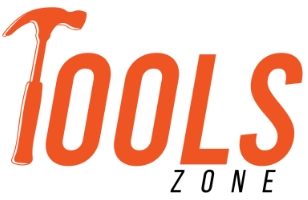
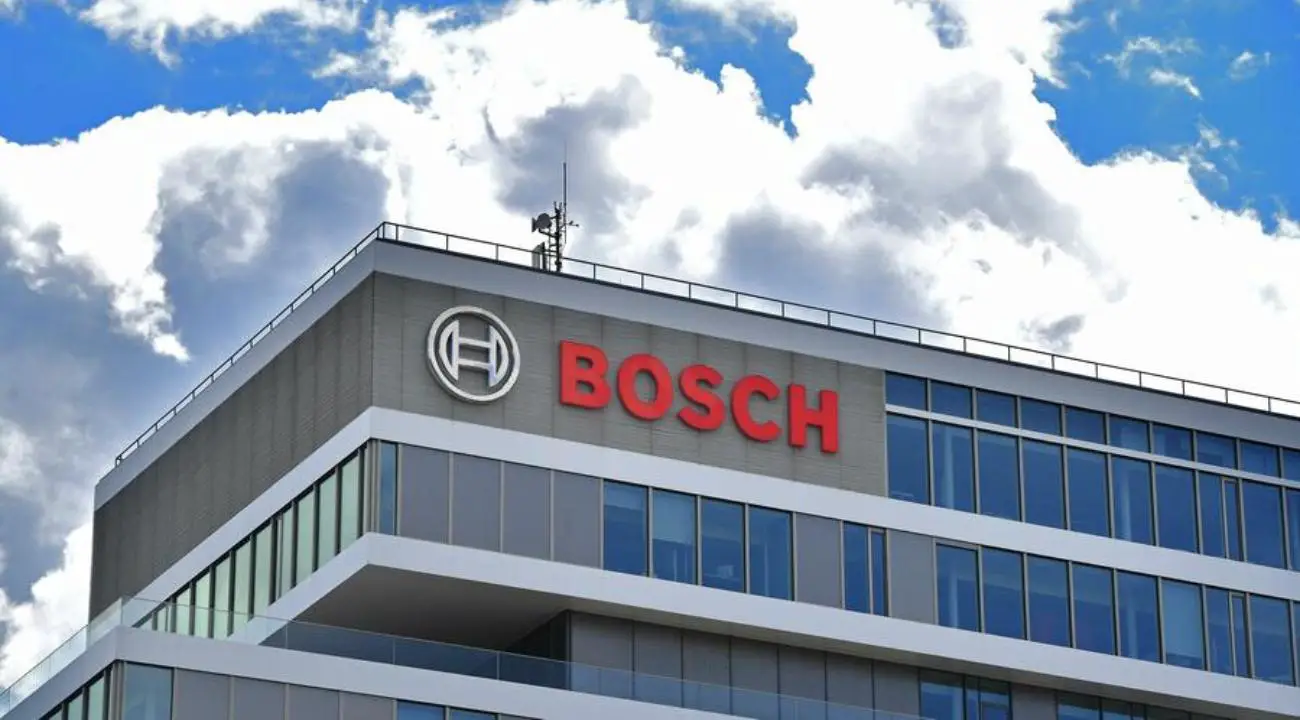
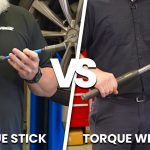



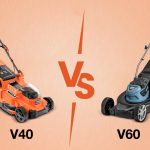
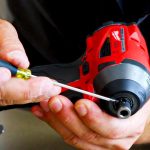
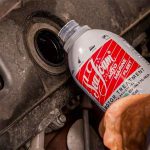
Leave a Comment